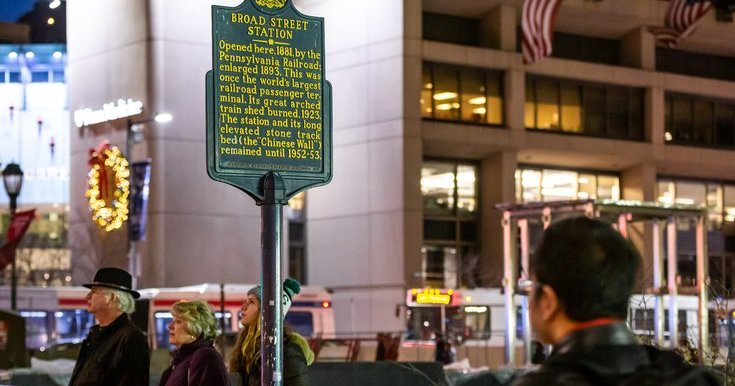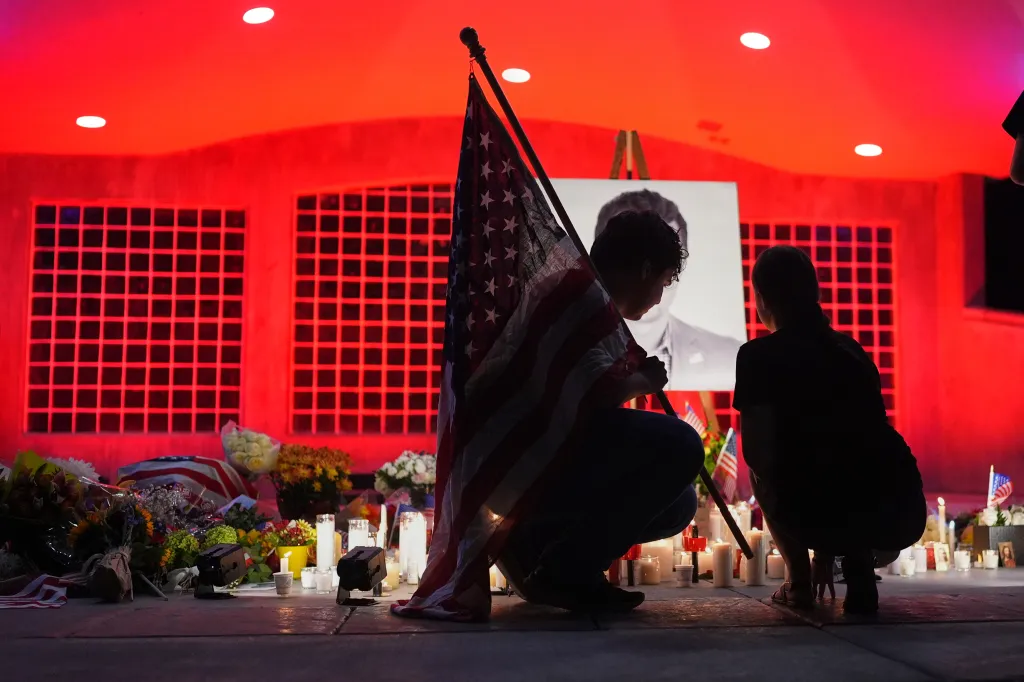Philly to get 14 new state historical markers, including for Bellevue hotel, Kensington riots
By Historical Society,Michael Tanenbaum
Copyright phillyvoice

Philadelphia will get 14 new state historical markers in the coming year, adding to more than 300 signs that have been placed in the city by the Pennsylvania Historical and Museum Commission since the commemorative program started in the 1940s.
PHMC staff voted on Thursday to approve 45 new historical markers statewide, choosing the first crop of new plaques to be planned since the program went on a two-year hiatus. Markers are approved based on public nominations reviewed by a panel of historical experts brought together by the PHMC.
MORE: Philly woman, who served in Army postal unit depicted in Netflix movie, to receive military headstone
Among Philadelphia’s new plaques will be a marker for the Bellevue-Stratford Hotel at 200 S. Broad St. on the Avenue of the Arts. The landmark 19-story building, constructed in 1904 in the French Renaissance style, was inspired by New York’s Waldorf Astoria and debuted as one of the country’s most opulent hotels.
The Bellevue is infamously known as the site of the first outbreak of Legionnaires’ disease in 1976. When guests at an American Legion convention fell ill with pneumonia-like symptoms, it was discovered that a previously unknown mold in the air conditioning system was behind the respiratory disease that sickened about 180 people and killed 29.
The Bellevue underwent major renovations and a partial conversion to residential use in recent years. The hotel reopened late last year as part of Hyatt’s Unbound Collection.
Another historical marker is planned to commemorate the Kensington Riots of 1844, a series of clashes between nativist Protestants and Irish Catholic immigrants in the city. That year, two churches were burned down and at least 20 people were killed in violent confrontations spurred by fears that Catholic immigrants were taking local jobs and threatening religious culture in the United States.
At the time, Kensington had a growing population of Irish Catholic immigrants who wanted public schools to reflect their biblical teachings against the wishes of Protestants. Fights ensued and fires were set in the neighborhood in May 1844, requiring the Pennsylvania Militia to step in and quell the unrest.
Tensions flared even more seriously that July when riots broke out in Southwark, a nativist stronghold in South Philly, over a Catholic stockpile of weapons at a church. Riots that began with bricks, stones and bottles escalated into cannon fire before a larger contingent of the state militia arrived to patrol the city. The events are considered an inflection point in the history of U.S. immigration and a driver of Philadelphia’s consolidation into a county with a single government in 1854.
PHMC’s panel of historians also approved a historical marker for the 1919 Supreme Court case Schenck v. United States. Charles Schenck, a leader of the Socialist Party in Philadelphia, had printed and mailed 15,000 leaflets to men of draft age urging them to resist military conscription.
After he was convicted of violating the Espionage Act of 1917, Schenck appealed on grounds that his leaflets were protected by the First Amendment and the draft violated the 13th Amendment’s protections against involuntary servitude. The case made its way to the U.S. Supreme Court.
Justice Oliver Wendell Holmes upheld Schenck’s conviction, establishing the “clear and present danger” test to determine whether the government can restrict speech to safeguard national security.
PHMC said several of the new historical markers are timed to recognize people, places and events that will help mark the nation’s 250th birthday celebration in 2026. Additional markers in Philadelphia will be placed for the following nominations:
• Black Bottom, the working-class neighborhood in West Philly that was largely demolished and led to displacement during the development of University City in the 1960s.• Carpenters’ Hall, the historic building at Independence National Historical Park that hosted the First Continental Congress in 1774.• Edith “The Kid” Houghton, a pioneer in women’s baseball who went on to become a talent scout for the Phillies.• Ethel Hedgemon Lyle, a founder of the Alpha Kappa Alpha sorority at Howard University and founder of the West Philadelphia chapter of the League of Women Voters.• Florence Kelley, the Philadelphia-born reformer and labor activist who fought for expanding workers’ rights, increasing wages and advancing racial equality.• Green’s Ladies Golf Club, the oldest African American women’s golf club in the Delaware Valley.• Raymond Pace Alexander, the first Black judge appointed to the Philadelphia Court of Common Pleas in 1959 and also the first Black graduate of the Wharton School of Business at the University of Pennsylvania.• Hospital of the University of Pennsylvania, the nation’s first university-owned teaching hospital.• Moses Williams, a visual artist who was born into slavery in Philadelphia in the late 1770s and became a famed silhouette maker.• Philadelphia Hostel, a World War II residential facility in West Philadelphia gave housing and support to Japanese Americans released from internment camps.• The Underground Railroad at Belmont Mansion, a significant safe house in Fairmount Park that was used by enslaved people seeking freedom.
PHMC also approved four new historical markers in Montgomery County, two in Chester County and one each in Delaware and Bucks counties. Pennsylvania has more than 2,500 historical markers statewide, and details about placements of the new round of markers will be released in the coming months.
“Pennsylvania’s Historical Markers are more than just signs; they are powerful storytelling tools that connect us to our past,” PHMC Executive Director Andrea Lowery said in a statement. “Each marker is a testament to the remarkable individuals and events that have shaped our state and our nation. We are proud to expand this program and continue our mission of preserving and interpreting Pennsylvania’s history for future generations.”



